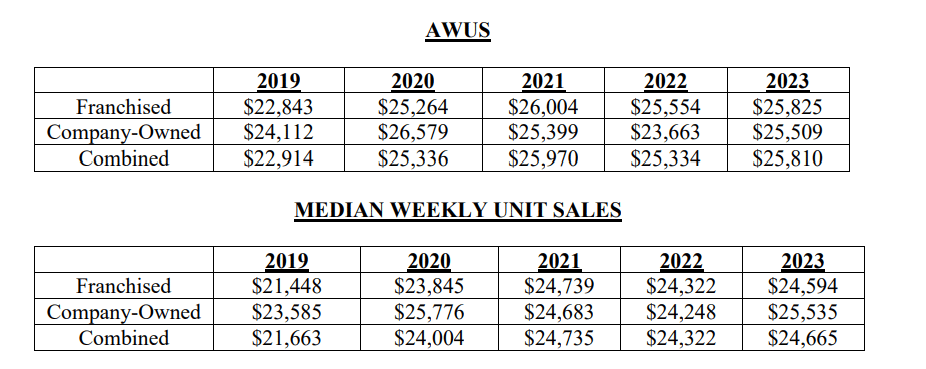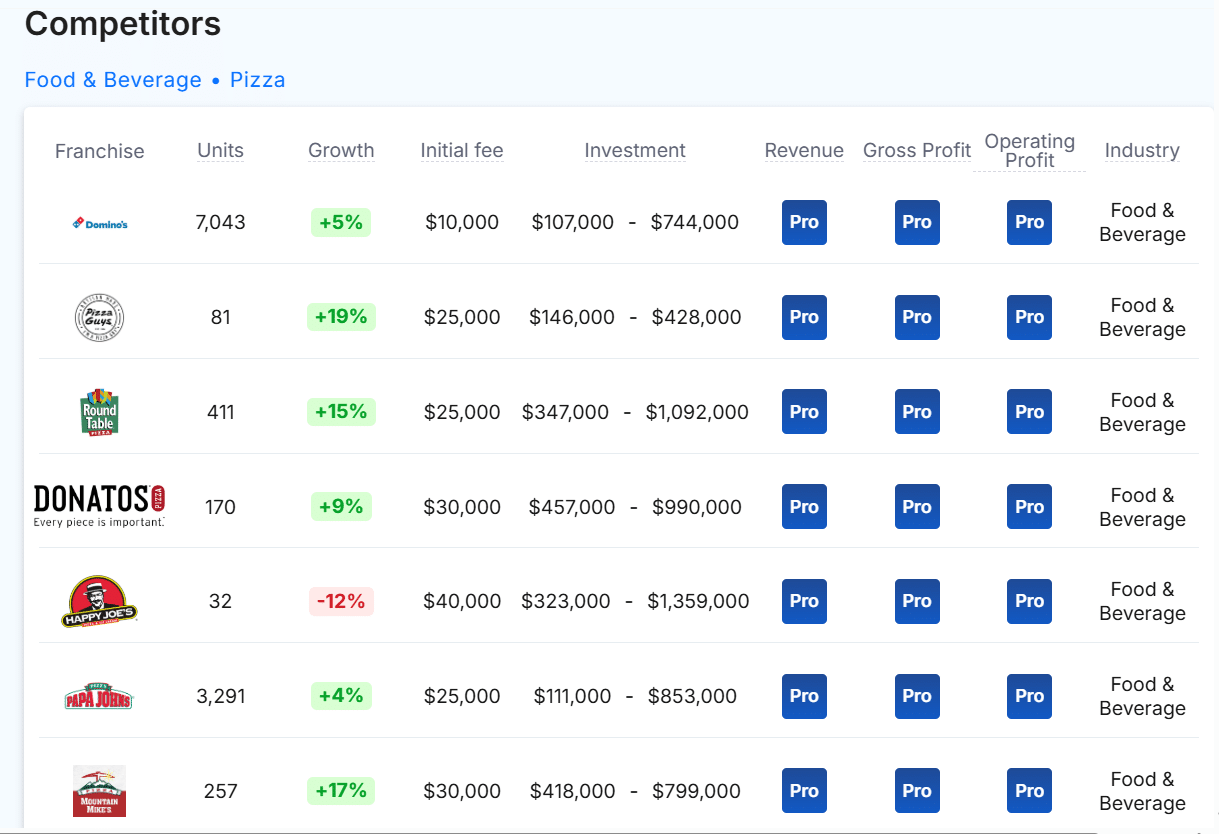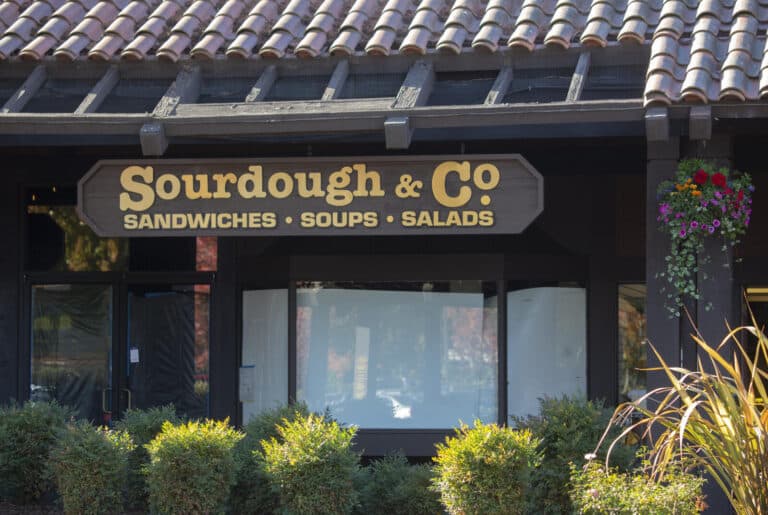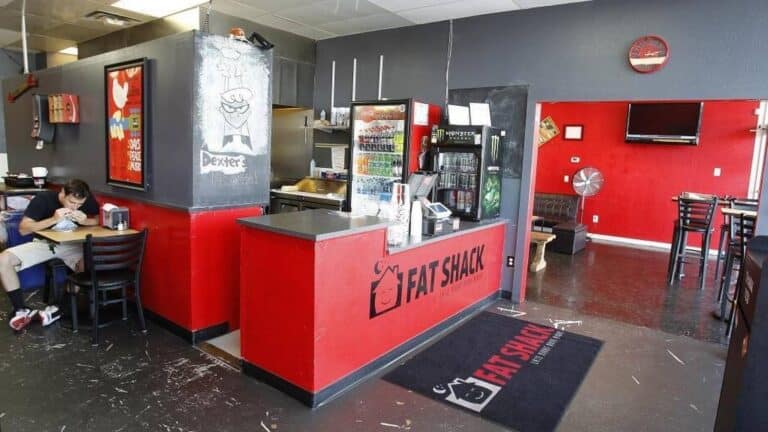Domino’s Franchise FDD, Profits & Costs (2025)

Domino’s Pizza, the world’s largest pizza company, started in 1960 with a single store. It has since become a global franchise leader, known for its innovation and dedication to quality pizza delivery.
Headquartered in Ann Arbor, Michigan, Domino’s began franchising in 1967. The brand takes a unique approach by primarily franchising to internal candidates.
Over 95% of U.S. franchisees started as part-time employees, like pizza makers or delivery drivers. This model highlights Domino’s commitment to developing talent from within and ensuring franchisees deeply understand its operations and values.
Domino’s Franchise Initial Investment
How much does it cost to start a Domino’s franchise? It costs on average between $107,000 – $744,000 to start a Domino’s franchised restaurant.
This includes costs for construction, equipment, inventory, and initial operating expenses. The exact amount depends on various factors, including the type of restaurant you choose, the location, and whether the franchisee chooses to lease or purchase the property. Domino’s offers 2 types of franchises:
| Store Type | Initial Investment Range |
|---|---|
| Domino’s Pizza Non-Traditional Store | $107,450 to $709,500 |
| Domino’s Pizza Traditional Store | $156,450 to $743,500 |
We are summarizing below the main costs associated with opening a Domino’s Pizza Traditional Store franchise. For more information on the various types of franchises and its costs, refer to the Franchise Disclosure Document (Item 7).
| Type of Expenditure | Amount |
|---|---|
| Initial Fee | $0 to $10,000 |
| Leasehold Improvements | $25,000 to $350,000 |
| Furniture, Fixtures and Equipment | $81,000 to $145,000 |
| Signage | $5,200 to $35,000 |
| 3 Month’s Rent | $3,000 to $25,000 |
| Security Deposit | $1,000 to $10,000 |
| Opening Inventory and Supplies | $2,750 to $6,500 |
| Opening Advertising and Promotion | $0 to $3,000 |
| Training Expenses | $1,000 to $4,000 |
| Insurance | $25,000 to $75,000 |
| Miscellaneous Opening Costs | $2,500 to $7,000 |
| Additional Funds – 3 Months | $10,000 to $73,000 |
| Total | $156,450 to $743,500 |
Domino’s Franchise Average Revenue (AUV)
How much revenue can you make with a Domino’s franchise? A Domino’s franchised restaurant makes on average $1,279,000 in revenue (AUV) per year.
Here is the extract from the Franchise Disclosure Document:

This compares to $958,000 yearly revenue for similar restaurant pizza franchises. Below are a few Domino’s competitors as a comparison:

Download the Franchise Disclosure Document
Frequently Asked Questions
How many Domino’s locations are there?
As of the latest data, Domino’s operates approximately 7,043 locations across the United States. This includes about 6,751 franchise-owned outlets and 292 company-owned locations.
This vast network of stores positions Domino’s as one of the largest pizza chains in the country, offering franchisees a strong, recognized brand and access to an established operational system.
What is the total investment required to open a Domino’s franchise?
The total investment required to open a Domino’s franchise ranges from $156,450 to $743,500 for the Domino’s Pizza Traditional Store.
What are the ongoing fees for a Domino’s franchise?
Domino’s franchisees are required to pay a 5.5% royalty fee on weekly gross sales. In addition, there is a 5% to 8% marketing and advertising fee, which covers national and local marketing efforts to support the brand’s visibility and customer outreach. These fees help ensure that franchisees benefit from strong brand recognition and continued corporate marketing support.
What are the financial requirements to become a Domino’s franchisee?
To become a Domino’s franchisee, you need a minimum net worth of $250,000 and at least $75,000 in liquid assets. These financial requirements ensure that franchisees have the resources necessary to operate their business successfully and cover both initial investments and ongoing costs.
How much can a Domino’s franchise owner expect to earn?
The average gross sales for a Domino’s franchise are approximately $1.28 million per location. Assuming a 15% operating profit margin, $1.28 million yearly revenue can result in $192,000 EBITDA annually.
Who owns Domino’s?
Domino’s Pizza is a publicly traded company listed on the New York Stock Exchange under the ticker symbol DPZ. While it operates as a public company, it does not have a single owner. Instead, it is owned by a wide range of institutional investors, mutual funds, and individual shareholders who hold shares of the company’s stock.
Disclaimer
Disclaimer: This content has been made for informational and educational purposes only. We do not make any representation or warranties with respect to the accuracy, applicability, fitness, or completeness of the information presented in the article. You should not construe any such information or other material as legal, tax, investment, financial, or other professional advice. Nothing contained in this article constitutes a solicitation, recommendation, endorsement, advertisement, or offer to buy or sell any franchises, securities, or other financial instruments in this or in any other jurisdiction in which such solicitation or offer would be unlawful under the franchise and/or securities laws of such jurisdiction.
All content in this article is information of a general nature and does not address the detailed circumstances of any particular individual or entity. Nothing in the article constitutes professional and/or financial and/or legal advice, nor does any information in the article constitute a comprehensive or complete statement of the matters discussed or the law relating thereto. You alone assume the sole responsibility of evaluating the merits and risks associated with the use of any information or other content in this article before making any decisions based on such information or other content.




